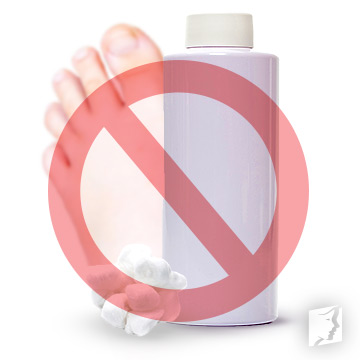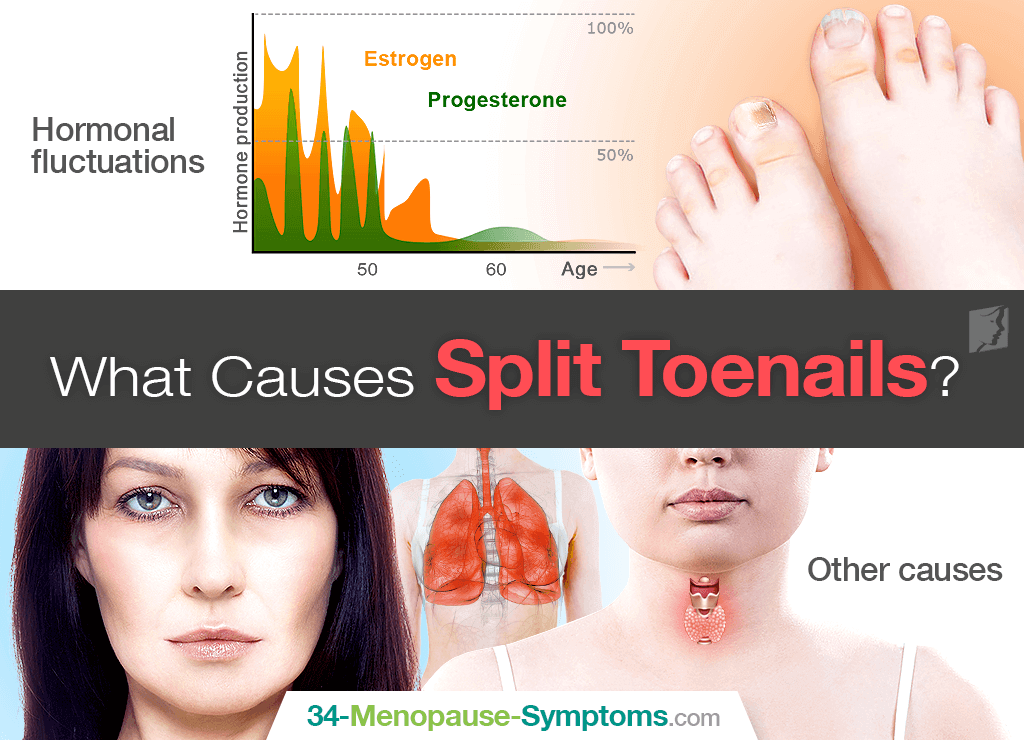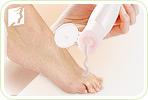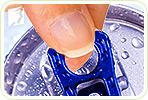Aside from the common changes in shape, color, and growth rate of nails in old age, menopausal women are at an increased risk of weak, brittle nails, including split toenails.
Continue reading to learn more about split toenails, particularly causes and solutions, to get back on the right foot and to better nail health today.
What Causes Split Toenails?
In menopausal women, split toenails - and brittle nails in general - are most commonly caused by drastic hormonal fluctuations taking place in their bodies as they prepare to exit their fertile years.
The exact reasoning behind how estrogen affects nail health is yet to be fully understood. However, it is believed that an estrogen deficiency leads to dehydration and lack of moisture in the body, causing dry, brittle nails and split toenails if not managed properly.
Other causes of split toenails and brittle nails include thyroid and autoimmune disorders; lung conditions; and malnutrition from vitamin and mineral deficiencies.
How Can I Treat Split Toenails?

To begin with, there are various techniques that can be used when caring for brittle toe nails during menopause, including properly moisturizing at all times and minding foot hygiene.
To reduce the risk of your toenails splitting more, keep the following measures in mind. Try to avoid long hot baths or showers, as they strip the skin of its natural oils. Also, trim your toenails after coming out of the shower or a bath; they will be less likely to split this way. Furthermore, avoid acetone nail polish removers and frequent use of nail polish removers in general.
However, the best way to treat split toenails is to address the underlying cause. For menopausal women, this would be hormonal imbalance.
Brittle nail treatments that encourage ultimate hormonal equilibrium urge women to first start with lifestyle changes. This involves an optimized diet rich in nail health-promoting nutrients - biotin, calcium, iron, and protein - and healthy habits, like nixing smoking, alcohol, and excess caffeine. Also, use of alternative medicines of hormone-regulating and phytoestrogenic supplements also positively affect hormonal levels.
Key Takeaways
In sum, for menopausal women, split toenails are often caused by drastic hormonal fluctuations, causing nail beds to become dry from lack of estrogen. Some of the simplest techniques to care for them are to properly moisturize and practice habits such as avoiding hot baths or showers, trimming toenails after they have been soaked, and avoiding acetone nail polish removers. However, treating split toenails involves resolving the underlying cause of hormonal imbalance with lifestyle changes and alternative medicines.
Sources
- Farage, M.A. et al. (Eds.). (2015). Skin, Mucosa and Menopause: Management of Clinical Issues. New York: Springer. Available from Google Books.
- Harvard Health Publishing: Harvard Medical School. (2008). By the way, doctor: Does having ridged and split fingernails mean I'm unhealthy? Retrieved October 2, 2018, from https://www.health.harvard.edu/newsletter_article/does-having-ridged-and-split-fingernails-mean-im-unhealthy
- Rosner, M.H. (2010). Review for USMLE Step 3. Philadelphia: Lippincott Williams & Wilkins. Available from Google Books.




